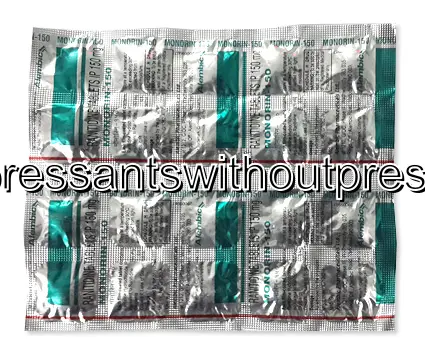| Package | Dosage | Price | Price per Dose | |
|---|---|---|---|---|
| Dosage: 150mg | ||||
| 360 pill | 150mg | $207.33 | $0.57 | |
| 240 pill | 150mg | $141.94 | $0.59 | |
| 180 pill | 150mg | $132.37 | $0.73 | |
| 120 pill | 150mg | $95.68 | $0.80 | |
| 90 pill | 150mg | $79.73 | $0.88 | |
| 60 pill | 150mg | $51.02 | $0.86 | |
| 30 pill | 150mg | $30.29 | $1.00 | |
| Dosage: 300mg | ||||
| 360 pill | 300mg | $326.96 | $0.91 | |
| 240 pill | 300mg | $237.64 | $0.99 | |
| 180 pill | 300mg | $189.79 | $1.05 | |
| 120 pill | 300mg | $140.34 | $1.16 | |
| 90 pill | 300mg | $111.63 | $1.24 | |
| 60 pill | 300mg | $81.33 | $1.36 | |
| 30 pill | 300mg | $46.24 | $1.52 | |

Zantac Description
Product status in the USA
Zantac is the brand name for ranitidine, a medicine once widely used to reduce stomach acid. In the United States, safety concerns about NDMA contamination led to recalls and removal from shelves. Many online pharmacies now show Zantac as discontinued or not available. If you see a listing, read the notes carefully and follow the pharmacist’s guidance. In practice, most customers in the USA are steered toward alternatives such as famotidine or certain proton pump inhibitors. The online pharmacy may still offer similar products, but with different brand names and dosing instructions. Always verify the current status with a pharmacist before making a purchase.
What Zantac is and how it works
Zantac contains ranitidine, an H2 blocker. It works by reducing the amount of acid your stomach makes. This helps relieve heartburn, sour stomach, and acid reflux, and may aid with some ulcers. In the U.S., the product has faced supply changes and regulatory scrutiny, so many listings carry caution notes. While it once offered fast relief for some people, users now typically explore safer or more consistent options recommended by clinicians. If you find a product labeled Zantac, check the date of manufacture and the lot number, and ask the pharmacist about its current safety status and alternatives.
How to take it and practical tips
For any medicine, follow the label directions or the advice of your healthcare provider. In the past, standard adult doses included 150 mg twice daily or 300 mg at bedtime, but current guidance in the U.S. often advises against using ranitidine due to recalls. If a listing appears, the pharmacist will guide you on appropriate use or suggest a replacement. Take with water, with or without food as directed, and avoid exceeding the recommended amount. Do not rely on it for immediate relief of severe symptoms. Keep the medicine out of reach of children and store as directed on the package.
Safety, side effects and warnings
Common side effects may include headache, dizziness, or constipation. Some people notice fatigue or nausea. Rarely, mood changes or confusion can occur, especially in older adults. Because ranitidine products faced safety concerns, many clinicians prefer alternatives with a more stable safety profile in the U.S. market. If you develop yellowing of the eyes, dark urine, severe stomach pain, or allergic reactions, seek medical care promptly. Pregnant or nursing patients should consult their clinician to choose a safe option. Always disclose other medicines you take to avoid potential interactions.
Customer review and practical notes
Review: “I used Zantac years ago when I had occasional heartburn. It helped, but after the recalls I switched to famotidine and found similar relief with a clearer safety track record. The transition was straightforward, and the pharmacist explained the changes well.” Review: “I looked up Zantac on this site and learned it’s no longer stocked in my area. The team recommended alternatives and explained why. The honesty and quick guidance were appreciated, and I felt safer buying from this pharmacy knowing I was getting current advice. If you are shopping now, ask about substitutions and get a clear plan.”